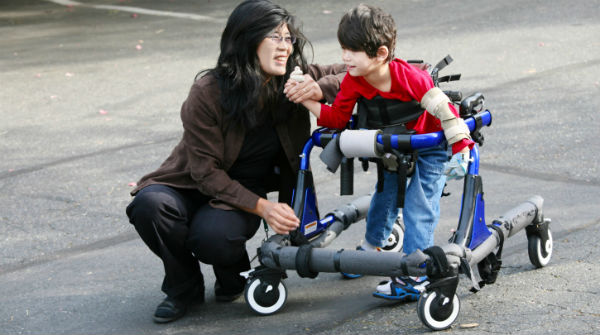Cerebral palsy (CP) is a neurological disorder that affects an individual’s motor function, coordination, and posture. It is the most common motor disability in childhood, and can have a significant impact on an individual’s ability to move around independently. Fortunately, there are a variety of mobility devices that can help people with cerebral palsy to move more freely and safely.
Wheelchairs are one of the most common mobility tools for cerebral palsy. Manual wheelchairs are typically the most economical option, while power wheelchairs are best for those with limited strength and endurance. When selecting a wheelchair, it is important to consider the person’s size and physical needs. For example, a person with limited trunk control might need a reclining wheelchair to provide better support and positioning. Additionally, some wheelchairs have special features such as adjustable armrests or leg rests to provide a more comfortable ride.

Image Source : Google
Gait trainers are another type of mobility device that can be used to help people with cerebral palsy move around independently. These devices provide support and stability to help the user maintain an upright posture while moving. Many gait trainers also have adjustable features, so they can be customized to the user’s size and needs.
Scooters are also a great option for those with cerebral palsy who have some degree of mobility. Scooters typically come in three- or four-wheeled models and can be operated with either a joystick or handlebars. Scooters are great for keeping up with friends and family, as well as for running errands or getting to appointments.
